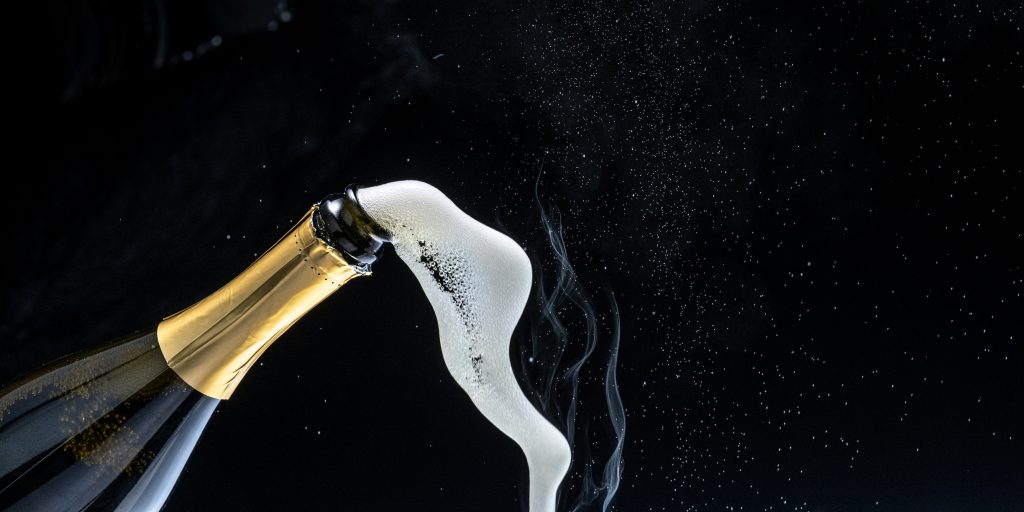This website uses cookies so that we can provide you with the best user experience possible. Cookie information is stored in your browser and performs functions such as recognising you when you return to our website and helping our team to understand which sections of the website you find most interesting and useful.
What is the growing investment potential for non-vintage Champagne?
Champagne on the secondary market tends to be dominated by vintage champagne, however, a new report from Wine Cap has pointed out the rising investment potential of non-vintage (NV) Champagne, which it says has the potential for growth.

NV Champagne is the mainstay of the region’s production in terms of volume but it is the ‘vintage premium’ of vintage Champagne that makes it attractive to investors – namely that the value rises as it ages.
Currently, key Champagne brands that were on a downward spiral six months ago, rose in value during Q1, up by 1% and 6% – small gains that “suggest that a reversal might soon be underway for the region”, which has been declining since its peak in October 2022.
In addition the recent report from Wine Cap suggests that NV champagne has the potential to attract to investors, largely based on moves by some of the luxury producers, such as Krug to add edition numbers to their top-tier NV Champagnes. This provide information such as the disgorgement dates, harvest conditions, and assemblage – additional information that differentiates each new release, thereby making it more attractive to collectors.
This has “proven to be a critical factor in creating an active secondary market for these wines”, the report notes.
As a result, the share of NV champagne on the secondary market now sits between 15% and 20%, up from 5% in xxx.
“Moreover, older releases have shown significant potential for price appreciation,” it added, with older Grand Cuvées commanding “a noticeable premium”
Speaking to the drinks business, Martin Pruszynski of Wine Cap said that the process of increasing differentiation from one release to another had started a while ago, but it felt like it was “getting more of a head of steam behind it” with earlier adopter Jacquesson (2000) and Krug being joined by the likes of Laurent Perrier and Louis Roederer, which launched its first NV named cuvee, Collection 242, in 2021.
He describes that change in mentality – it is still a NV, multi-vintage blend, but by making it more obvious, it allows the market to differentiation and track the performance of one particular edition over time.
The Krug 158 for example as done particularly well – the 171st edition of Krug NV, is currently around half the price of the 159th edition and a third of the price of the 158th edition.
Anecdotally the process is still in its early days, though, but the increased attention on Champagne in the secondary market a couple of years (peaking in October 2022), encouraged, investors, consumers and merchants to pay more attention and view Champagne “with slightly different eyes”, Pruszynski says.
“I think that is a part of the story about increased attention on Champagne. This change has been underway a while now, but when a producer as big as Louis Roederer checks into the process starts to do numbered editions, it starts to snowball. It’s not unreasonable to expect to see more people doing that in future.”
Currently, the nature of these wines as individual brands makes it harder to collate the data into a single single index – they are not, for example covered by Liv-ex’s Champagne 50 index (which charts the performance of the most recent physical vintages of the 13 most actively traded champagnes) and it is far easier to index a particular vintage than to create an index for a group of NV wines and see the aggregated performance across multiple releases.
However,as Pruszynski notes, the potential is undoubtedly there.

